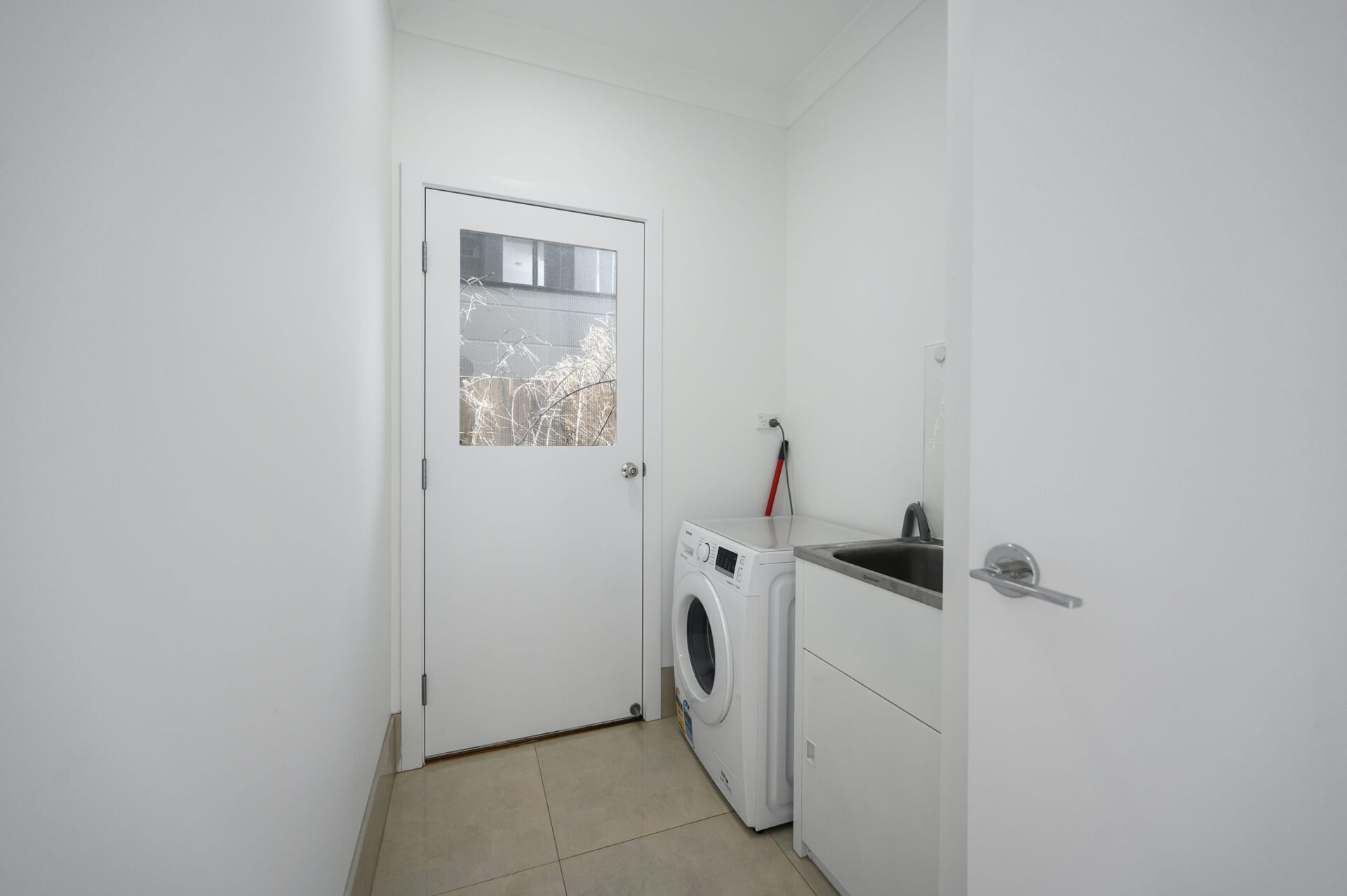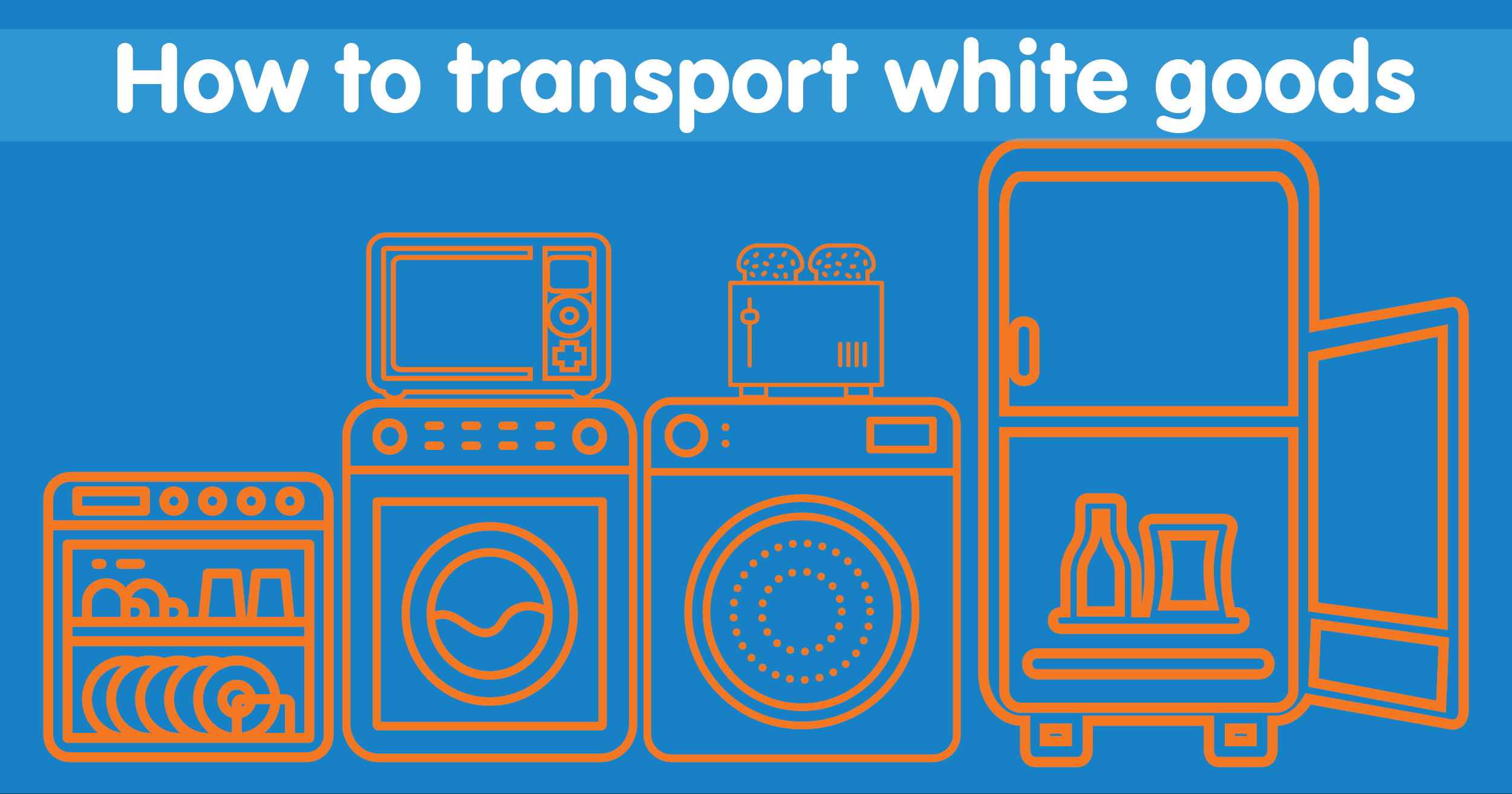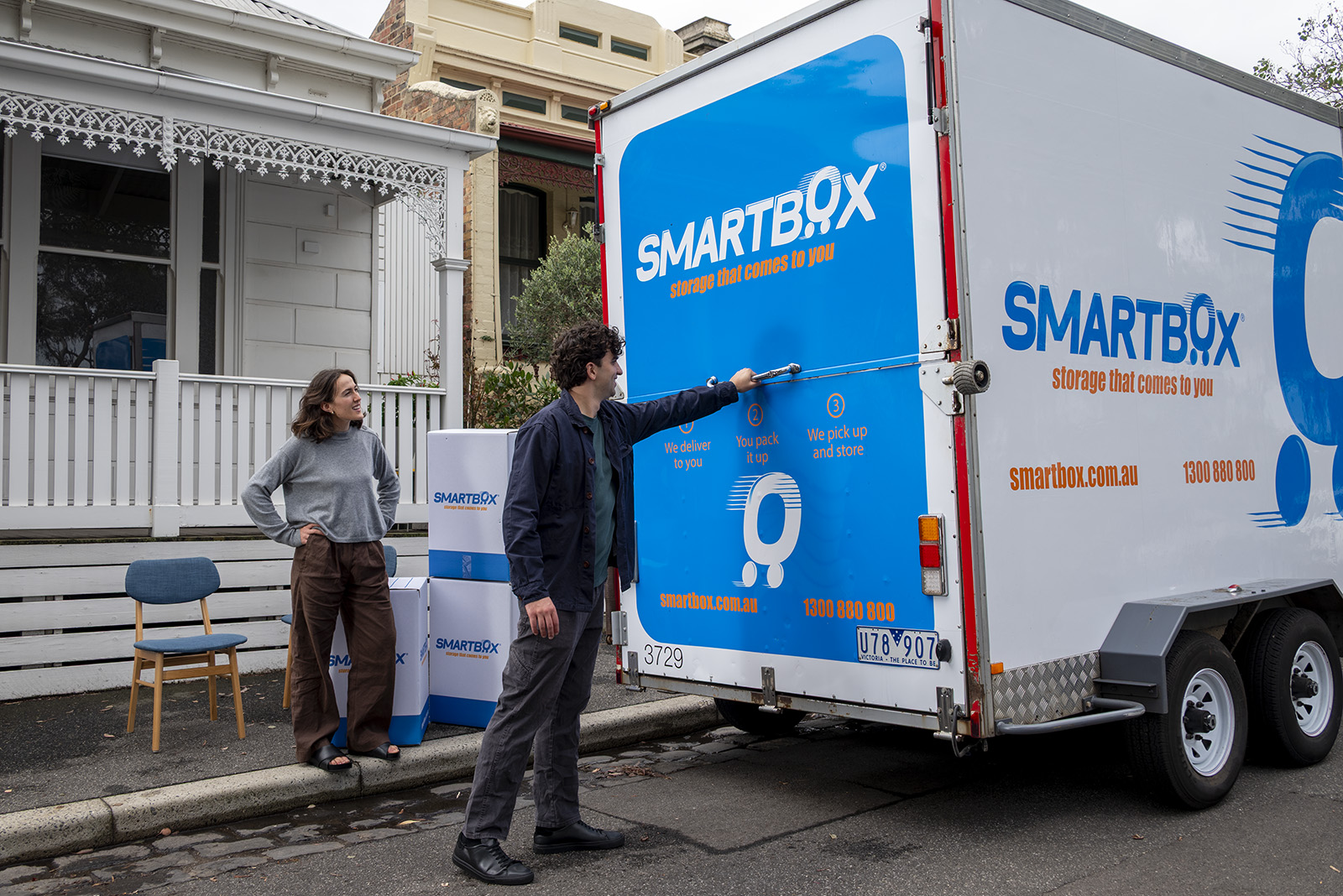One of the biggest problems of relocation is moving the large electrical appliances we collect over the years. Whether it is as heavy as an oven, as bulky as a refrigerator or as convenient as an air fryer, having these appliances connected to gas, electricity or just being too heavy to lift on your own makes moving a lot more difficult than it needs to be. Here are some pointers suggested by our own Smartbox employees that will make transferring your white goods into a storage facility or new home much easier.
Ovens, the scary gas monster
Due to their size, fragility at the front and connection to gas; ovens can be very dangerous and fickle to move. The first trick is to make sure you clean the equipment so you don’t dirty yourself or other items. Measure everything carefully to ensure that it will fit in the moving vehicle before continuing. It is suggested to use a trolley or an extra pair of hands to transport the bulky oven. Always take out the baking trays from the oven and secure the door and appliances with tape or rope to prevent damage or the doors opening during transit.
The cycle of life, through the washing glass.
To avoid mold and getting yourself wet during the move, washing machines require time to dry off. Unplug the water pipe at least 36 hours before moving and keep the door opened while you wait. You can also use a cloth to dry any remaining moisture. After this period, store the nuts, bolts and pipes within the washing machine itself or sticky tape the miscellaneous pieces to the side so you don’t accidently lose any precious parts while moving.
Keeping your cool when dealing with a fridge
Refrigerators are the most difficult white good to maintain since they require cleaning, a waiting period and they are heavy; demanding another pair of hands for assistance. Make sure every compartment is fully cleaned to prevent illness from contamination. Allow the refrigerator to defrost and get rid of any leaking water or ice that might result in an accident. All food items must be removed, and the fridge must be disconnected for at least four hours prior to moving.
Use a trolley to move this heavy equipment and use tape or rope around the doors so it doesn’t swing open and cause injuries. It is also recommended to carry a fridge on its side, as long as it can fit through the doorways. Once you have moved, you must wait for the oil in the compressor to settle before plugging it in again. This usually takes about nine to 24 hours.
Making the dishwasher a painless ordeal
Dishwashers must first be dried out in order to prevent mold growth, much like washing machines and refrigerators. Place a towel under the dishwasher in case there’s still extra water around and remove the machine’s plug from the outlet and water supply, then leave the door opened to let it drain and dry for roughly 24 hours. Similarly to a fridge, once it has dried, you may cover the doors with rope or tape to prevent them from opening. Make sure to keep all the nuts and bolts in a secured location around the appliance so everything is organised together. A good tip is to label a plastic bag and sticky tape it to the side of the dishwasher so nothing gets lost or placed with the wrong item. The power supply, water supply and drainage pipe should all be taped or cable tied together for easier storing. Dishwashers can be transported on their back, as long as the piping isn’t being damaged in this position.

Moving dryers with this sweatproof method
Just like your refrigerator and washing machine, a dryer is in need for a clean to avoid stagnant pools of water and easily flammable fibers from the filter. Triple check that all the lint has been removed through all the piping and drum with a vacuum cleaner and wash the lint trap with warm water and soap to rid of the fibers attached. Leave the lint trap out to dry to avoid mildew or mold forming. Tape the piping to the back of the machine after disconnecting it and wrap the machine in a blanket, to protect it further as sometimes it feels like dryers are the most delicate of white goods, as it has less protection compared to a washer or fridge. Use a trolley to move the dryer into the moving vehicle.
Hire a professional, it’s their job to do it well!
It should go without saying but a professional is skilled in their field and they have been trained to know things you don’t and, for a fee, will make your life much easier. Your white goods will also be disconnected and reconnected by a qualified mover, saving you from having to deal with potentially harmful gas or electric pipes. If you can afford it, get someone else to do the hard work for you. Avoid the risk of getting hurt or damaging your goods.
Lastly, here are some storage solution tips that will help your removal day go smoothly.
-
- Always measure early and measure often! The last thing you want is to carry something heavy to your moving vehicle only to find it doesn’t fit through the doors or there’s already too much inventory.
-
- Make sure to tape power cords to the appliances to avoid breakage and a trip hazard.
-
- Place all nuts, bolts or small parts in a labeled plastic bag and tape it to the white good so the pieces are not lost in transit and stay with their appliance.
- Moving blankets are a great alternative to sliders and will help if you don’t have a trolley or pulley. Another alternative is using lifting straps but may require strain on the body.


